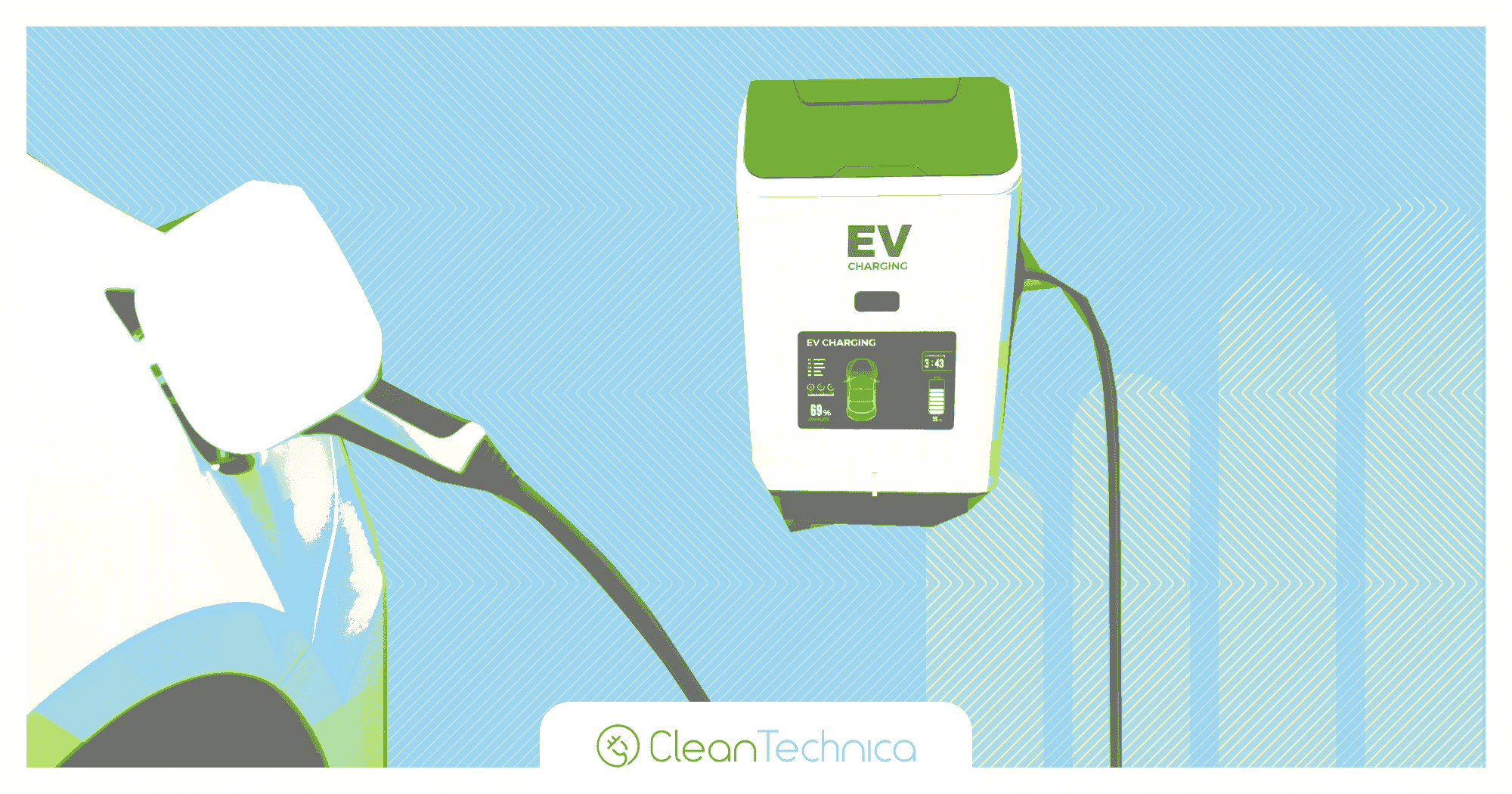South Florida Faces Fuel Crisis From Flooding — Electric Cars Fine
South Florida got some crazy, record-breaking rain and flooding last week. With natural disasters, come fuel crises, and in this case, there were massive fuel shortages in the South Florida region. You know who didn’t have any such problems? Electric car drivers.
There’s plenty of anti-EV hype about “but what do you do if there’s a hurricane?” What is often forgotten or ignored is the fact that there are often fuel supply issues and fuel hoarding when big storms such as hurricanes come. (That can also lead to fuel prices getting jacked up.) While a home can lose electricity, electricity often isn’t out for a very long time and there are reasons why a moderate electricity outage isn’t a big problem for EV owners:
- You can easily charge to 100% (or 80% or 90% if you prefer) before the storm hits. While you can also fuel up 100% before a storm hits, there are often those issues of long lines and fuel shortages mentioned above for fossil-fueled cars. And those issues have the tendency to pop up before you realize it. There are no long lines or fuel shortages in your garage, or even at local EV charging stations.
- If you lose electricity during a big storm, there’s a solid chance you’re not doing a ton of driving at the time anyway, so you probably have a charged up car that is sitting in the garage or driveway and waiting for the streets to get clear, the wires to get hooked up again, and public life to get restarted.
- Your power is unlikely to be out for a very long time, but even if there’s a crazy situation in which it is, there are almost certainly other areas not too far away with electricity where you can go and find a charger.
In some case, in fact, there are electric vehicles that can act as power supplies for you home or at least your essential needs and some entertainment if you lose grid power. We wrote about an early Ford F-150 Lightning owner using his electric truck for that during Hurricane Ian last year.
With that EV matter out of the way, though, let’s look more closely at the fuel shortages that have been facing non-EV drivers in South Florida this past week.
“A staggering 59% of all gas stations in the Miami and Fort Lauderdale area were out of fuel at one point Tuesday, along with another 21% of gas stations in West Palm Beach, according to fuel tracker GasBuddy.com,” CBS News reports. Unsurprisingly, some of that shortage was due to “panic buying.” With millions of gallons delayed for delivery, it was estimate that it would take more than a week to get things back to normal.
The result? Lines and lines of cars at gas stations … that didn’t even have any fuel.
The initial cause of all this was a “rain bomb.” The huge amount of rain pummeling the region “shattered the state’s record for rainfall within a 24-hour period,” Florida Politics writes. “The deluge closed Port Everglades for 36 hours. The port is the hub for 40% of the state’s gasoline distribution. The downpour caused a backlog of demand, but not all the gas terminals were operating a week after the flood.”
Naturally, along with our fast-changing climate, politics and policy was also reportedly at play. “Some DeSantis surrogates were on Twitter blaming South Florida’s panic-buying for gas stations running out of fuel, but the FDACS release argued fault lies with the feds’ delay in giving the state permission to access a larger market of available fuel.” Governor DeSantis has been out of state for his presidential campaign during this time. Senator Marco Rubio tweeted out a video and said, “This should have been figured out by now.” That’s helpful.
“More than half of gas stations in the Miami-Fort Lauderdale area were without gasoline Wednesday after flooding from last week’s massive storm caused a wave of panic buying by drivers topping off their gas tanks,” CNN reports. “People lose their minds when there’s one station with a closed pump,” said Tom Kloza, global head of energy analysis for OPIS, which tracks gas prices for AAA. “There’s panic. Nobody wants to give up their mobility.”
So, basically, that’s the story. While millions of South Floridians were searching for, fighting for, waiting in long lines for, and probably paying an arm and a leg for gasoline, electric car drivers in South Florida were conveniently charging up their EVs at their homes (or perhaps places of work or shops). The electric life sure is the easy life sometimes.
Hat tip to my uncle Bob, who tipped me off to the South Florida fuel crisis and also provided the idea for this article. He’s a fresh EV owner, having just bought a Volkswagen ID.4 — more on that coming later today.
Have a tip for CleanTechnica? Want to advertise? Want to suggest a guest for our CleanTech Talk podcast? Contact us here.
Latest CleanTechnica.TV Video

CleanTechnica uses affiliate links. See our policy here.

